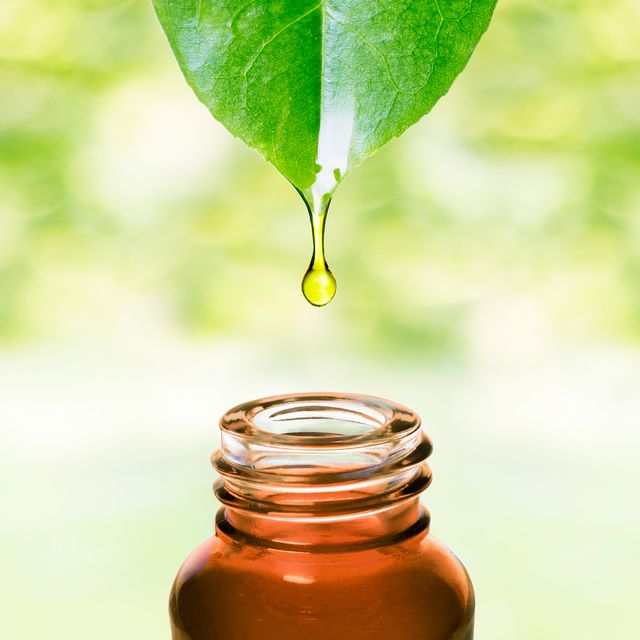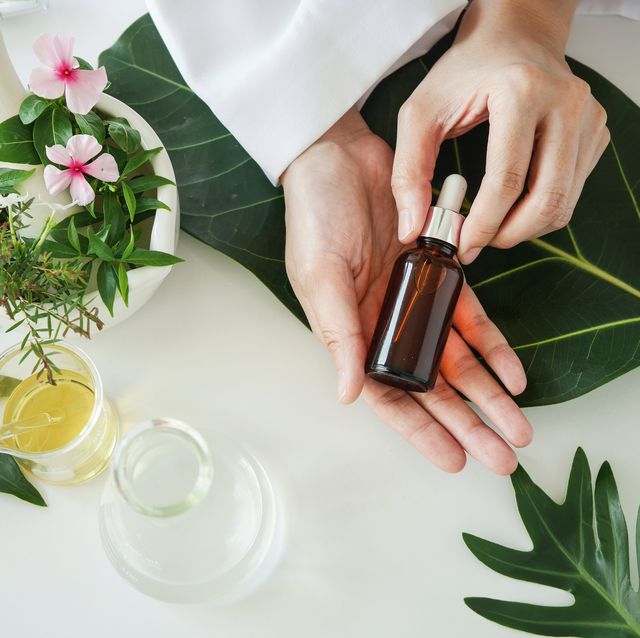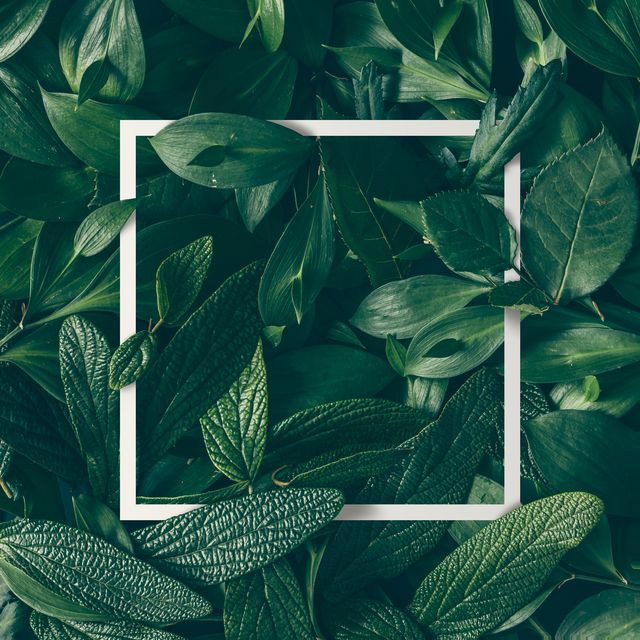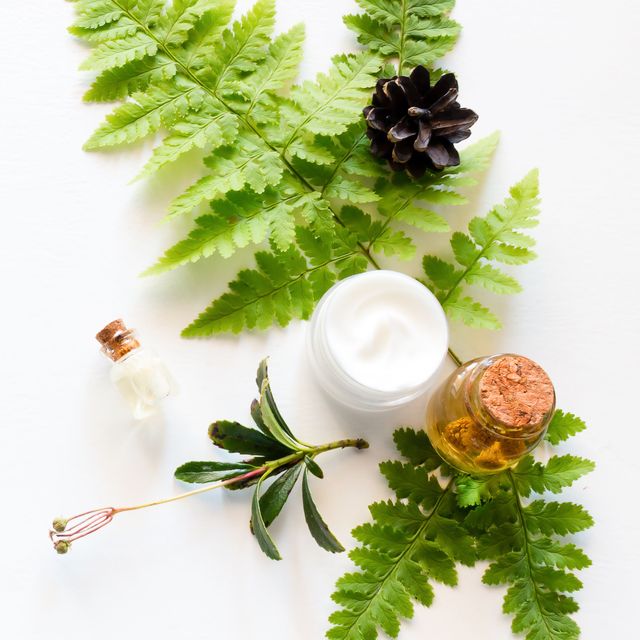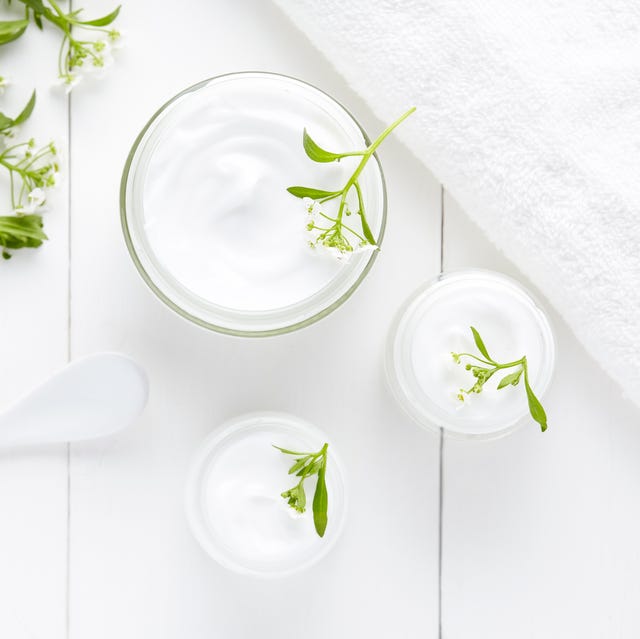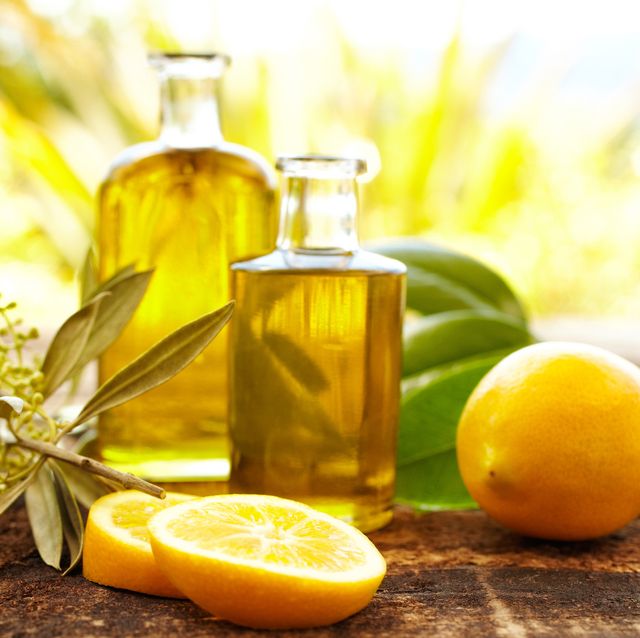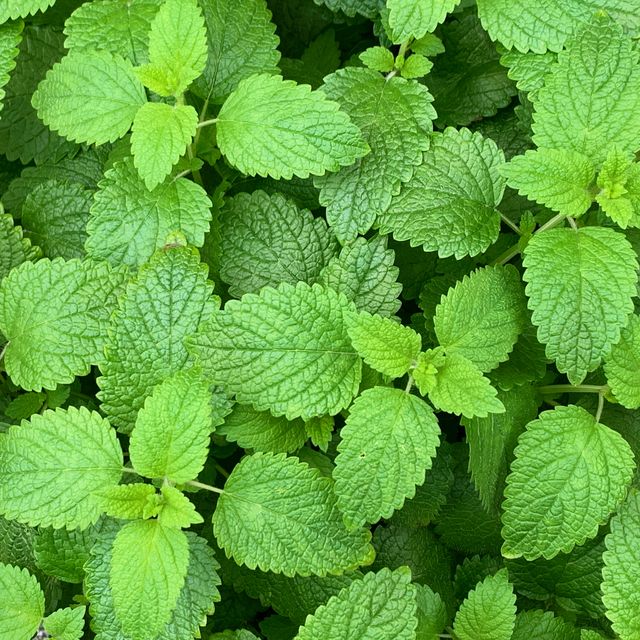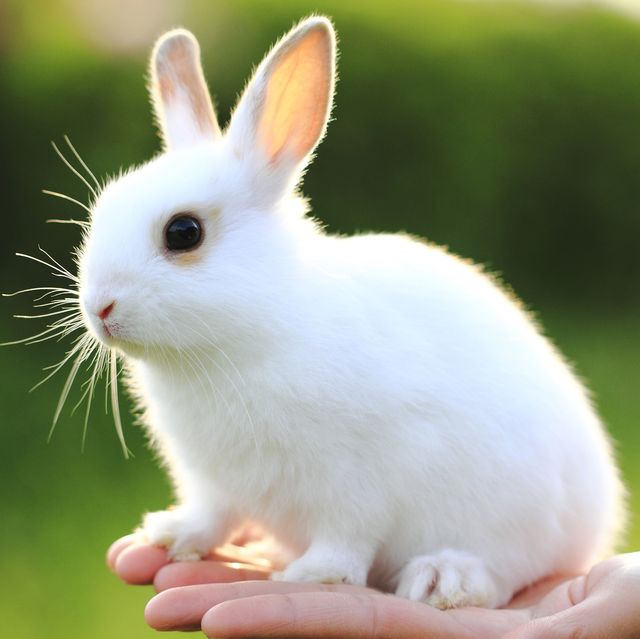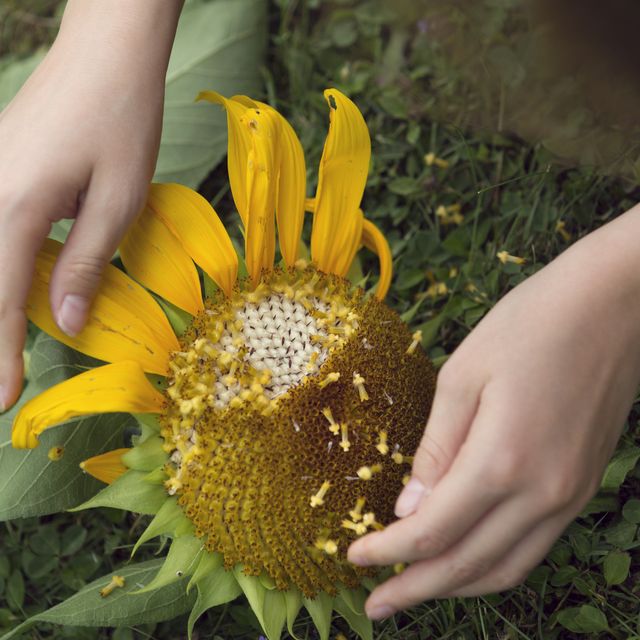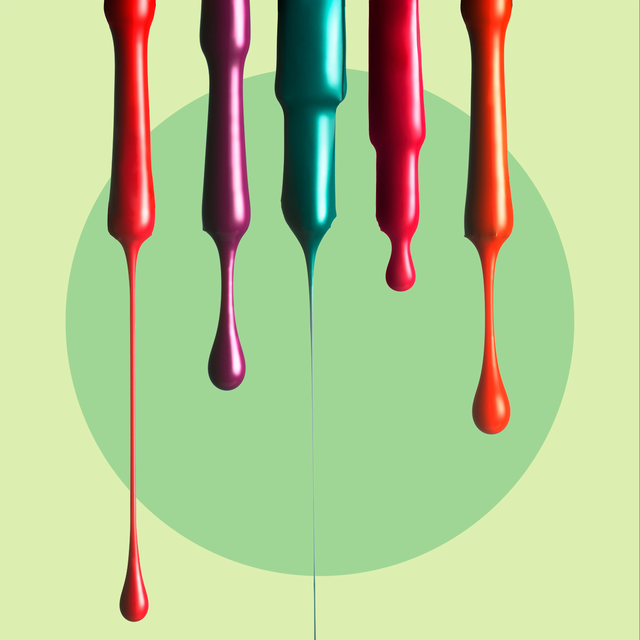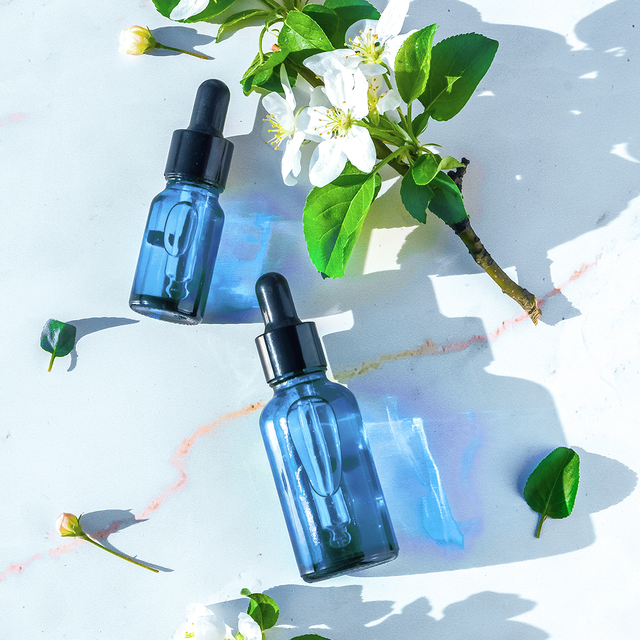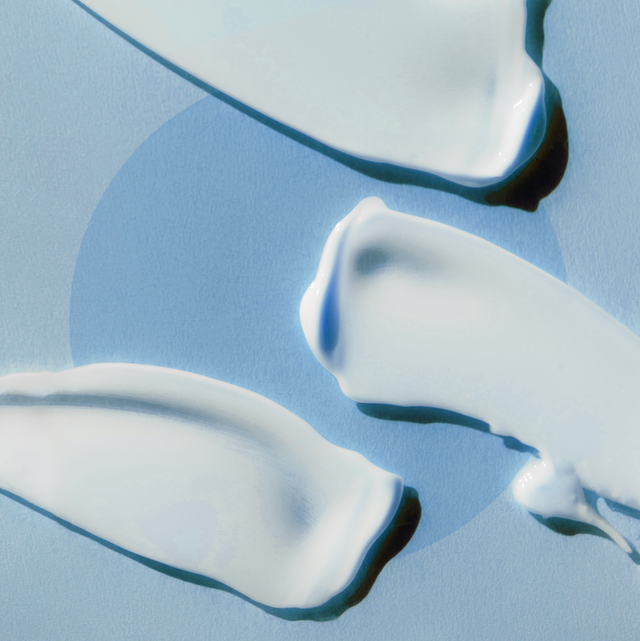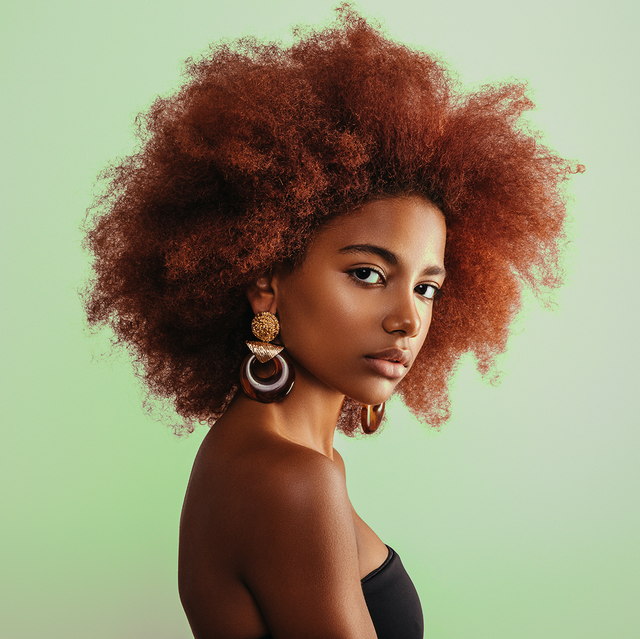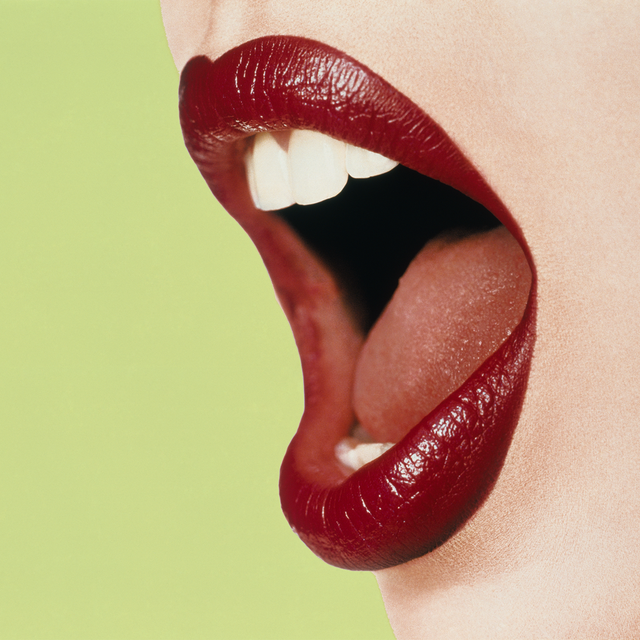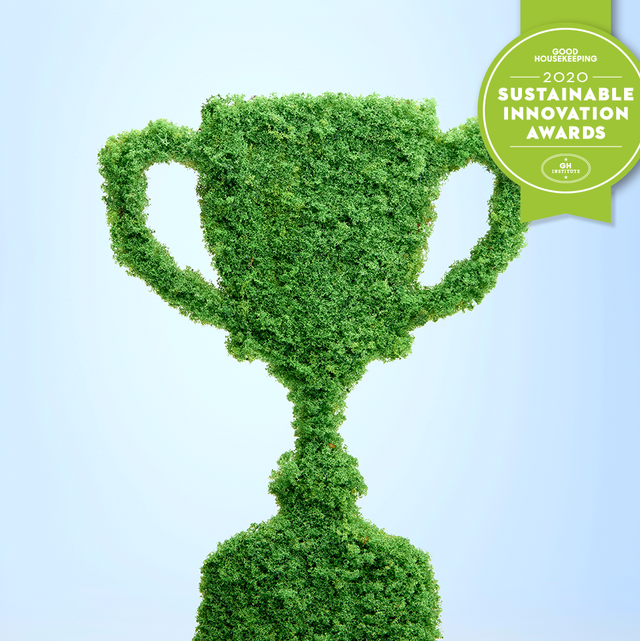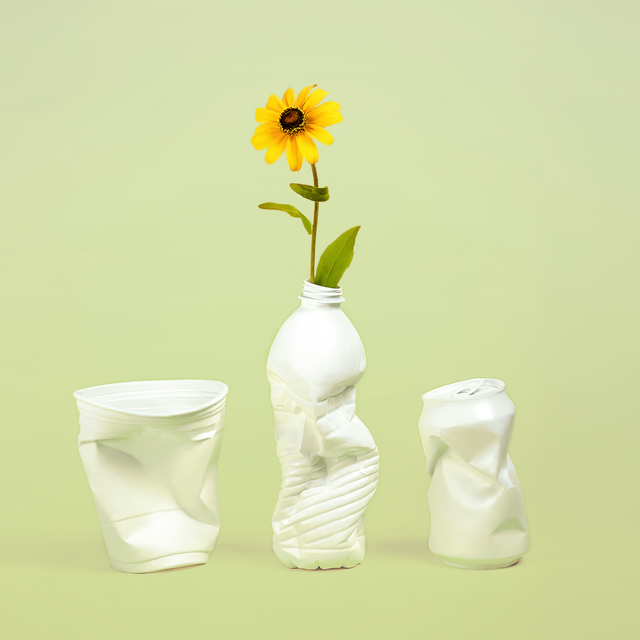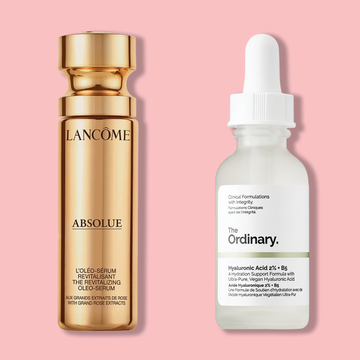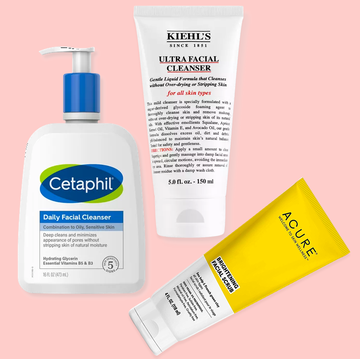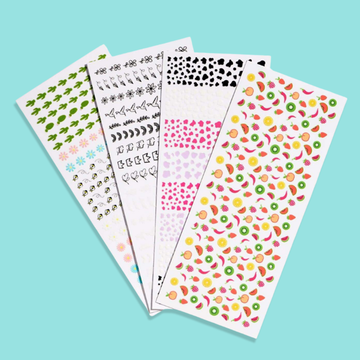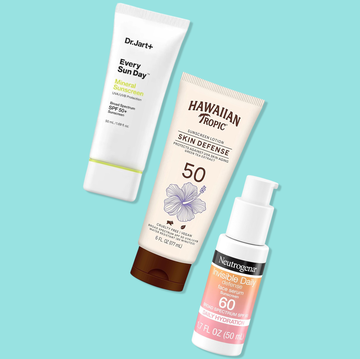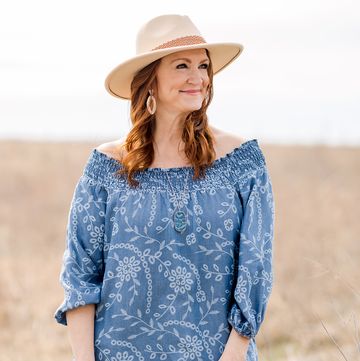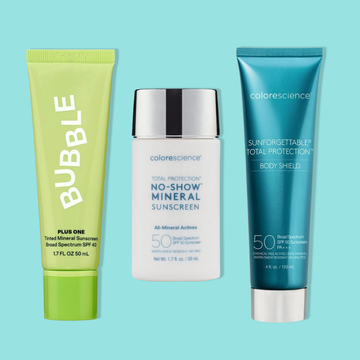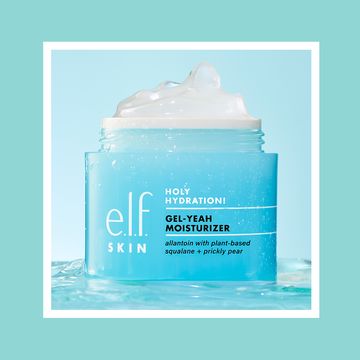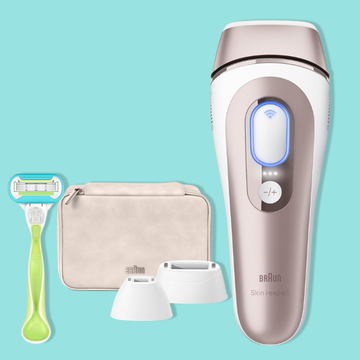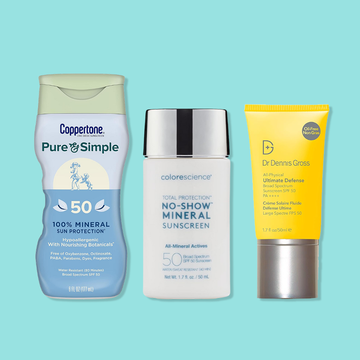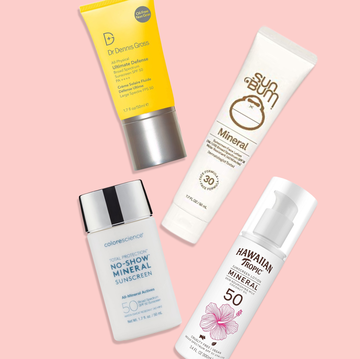The beauty buzzword and movement of the moment: “clean.” Along with other terms like “green” and “natural,” it’s used to describe every type of skincare, hair, makeup, and fragrance product, from moisturizer to mascara, shampoo to soap. People are now more concerned than ever about health and the environment, and it’s leading them to question what’s actually in the products applied directly to skin. And retailers know that consumers are increasingly looking for beauty products and cosmetics that aren't laden with potentially harmful ingredients.
For example, Sephora launched "Clean at Sephora," an initiative in which the beauty retailer badged over 2,000 products as "clean," in this case meaning free of ingredients like sulfates, parabens, formaldehyde, phthalates, and mineral oil. The brands span skincare, makeup, hair, and fragrance, including Good Housekeeping Seal star Korres, plus Good Housekeeping Institute Beauty Lab top-tested favorites Caudalie, Biossance, and Ren Clean Skincare. Beauty retailer Ulta also launched "Clean at Ulta Beauty," an in-house certification that products are free from a list of ingredients such as phthalates, parabens, talc, and formaldehyde, including skincare, makeup, and hair brands like Juice Beauty, Pacifica, and Tula.
So, what does "clean beauty" mean?
Beauty brands use the term "clean" to signal that products don’t contain certain ingredients (natural or synthetic) that they consider controversial or unsafe, like parabens and talc. The problem is, without regulation, anything can be called “clean”— whether proven unsafe or not.
As for other "clean beauty" terms, there's an overload of related claims and buzzwords on product packaging and in marketing — and misinformation about what they mean (or don't). GH Beauty Lab scientists help you decipher the most common clean beauty lingo:
Is clean beauty really better?
Not necessarily. Naturally-derived and synthetic ingredients both be beneficial or harmful, depending on what they are and how they're formulated. And there can even be drawbacks to cleaner formulas in terms of performance: Since truly natural beauty products don't include synthetic ingredients, the variety they can be formulated with is more limited, GH Beauty Lab scientists explain. Because of this, it's possible for clean beauty products' efficacy and cosmetic properties like texture and scent to be inferior to conventional formulas. Clean beauty products may lack some preservatives or be swapped for alternatives, which can limit shelf life too.
Is clean beauty regulated?
No — there is no formal government regulation of clean beauty or established industry-wide definition for “clean” or “natural” beauty claims. Because of this, identifying the "cleanest" or "safest" beauty brands and products on the market isn't all that simple.
Despite a booming beauty industry, U.S. laws for cosmetics safety are virtually unchanged since they were created back in 1938. Here — unlike in Canada and Europe, where well over 1,300 unsafe ingredients are banned for use in beauty products — the FDA has prohibited only 11 ingredients or related compounds.
While legislation is pending to change this, progress is slow. The Personal Care Products Safety Act, supported by the Good Housekeeping Institute and beauty industry leaders, would require the FDA to review the safety of at least five ingredients per year (at which rate it could take hundreds of years to even test for risks and dangers!). Yet this small step has remained stalled in the Senate since it was proposed in 2015.
Can you really go "clean" with your beauty routine?
While the term clean beauty is a bit of a fallacy, there are decisions you can make when shopping that are smarter for the environment and your body. These the GH Beauty Lab’s top tips on making the best natural and sustainable clean beauty product and brand choices:
- Do an ingredient check.
For a deeper dive into beauty product ingredients, the GH Beauty Lab recommends consulting resources like the Made Safe Hazard List and the Environmental Working Group Skin Deep database. Both nonprofits aim to collect the latest science on ingredients and offer recommendations for safety-certified products across categories. - Choose fragrance- and dye-free.
Products that contain no fragrances or dyes are by nature better for the environment, as they use fewer ingredients, and people can have sensitivities to both. Even fragrance from natural sources can cause reactions. Plus, brands aren’t required to list the ingredients in “fragrance” on labels, so in many cases there’s no way to know what’s in those products. - Pick less packaging.
The more minimal the packaging, the better for the earth. Whenever possible, seek out products with fewer components and without parts or materials that can’t be recycled (aim for codes 1 and 2) and unnecessary elements like outer boxes. Find GH Institute-approved eco-friendly buys in the GH Sustainable Innovation Awards. - Buy beauty that gives back.
Seek out beauty brands that donate a portion of proceeds or make a contribution to environmental causes.
Dive deeper into clean beauty
April (she/her) is the beauty director at Good Housekeeping, Prevention and Woman's Day, where she oversees all beauty content. She has over 15 years of experience under her belt, starting her career as an assistant beauty editor at GH in 2007, and working in the beauty departments of SELF and Fitness magazines.
Birnur (she/her) led the Beauty, Health and Sustainability Lab at the Good Housekeeping Institute from 2007 to 2023. In addition to overseeing product testing and GH Seal applications, she conducted our annual Beauty Awards selection process and was an active leader in GH’s green initiatives, including the Sustainable Innovation Awards and Raise the Green Bar Summit. In addition to earning M.Eng. and Ph.D. degrees in chemical engineering, she also has a professional certificate in sustainability management from Columbia University.

